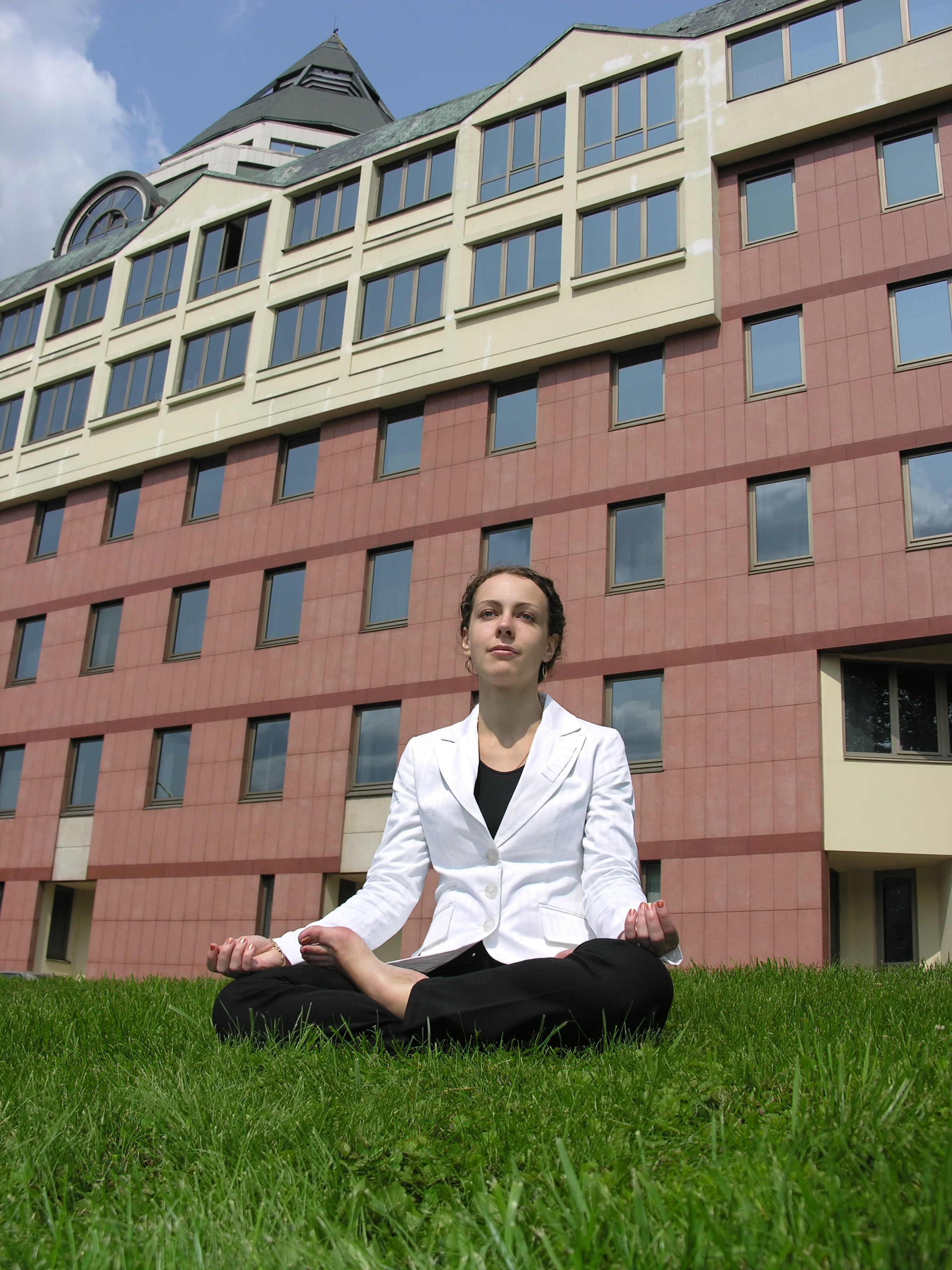One simple – but not easy – technique for better concentration and more emotional resilience
February 27, 2015
If I offered you a pill that had no side effects and promised to make you less stressed, more focused and less emotionally-reactive would you take it? Almost certainly, you would; you’d be a fool not to. And if it could also help you sleep better, improve your memory and concentration and might even help ward off dementia, you’d probably pay good money for it.
Well these are the claims made for ‘mindfulness’, a technique that is growing in popularity and increasingly being introduced in the workplace. As a psychologist, I’m always interested in research on the mind and techniques to help us use our minds more effectively. So what is mindfulness and does it work?
What is mindfulness?
Mindfulness is about maintaining a state of awareness, a way of being fully conscious in the moment. Imagine being at a Michelin-starred restaurant where the food is so captivating that it has your full attention. You notice its appearance and aroma, its texture and flavour; you savour every mouthful. Compare that with chomping your way through a packet of biscuits in front of the TV, barely aware of what – or how much – you’re eating. One is a mindful experience, the other is mindless. There are many things in life that we do mindlessly – getting distracted, (over)-reacting automatically, endless web browsing – which may benefit from some conscious attention, some mindfulness.
Training your mind
It’s worth distinguishing between mindfulness practice and mindfulness in everyday life. You could compare this with fitness. You go to the gym (or run or swim or whatever) to get yourself fit. You might enjoy the experie nce, you might not but you probably feel better for doing it. The spin off benefit is that when you need to run for a bus or carry heavy shopping, you’re fit enough to do it.
nce, you might not but you probably feel better for doing it. The spin off benefit is that when you need to run for a bus or carry heavy shopping, you’re fit enough to do it.
The mindfulness equivalent of the gym is meditation. There are various forms of meditation, but the simplest is to sit quietly and focus on your breath. You may or may not enjoy it but you’ll probably feel better for doing it. The spin off benefit is that when you need to focus or to stop reacting automatically to something that upsets or annoys you, you’re better equipped to do so. That’s the theory anyway.
So does it work?
Well the evidence, of which there is stacks, suggests that, yes, it definitely does. Studies have shown that regular meditation improves concentration and focus, helps people have more emotional control, improves short-term memory and may decrease the rate at which the brain ages. It also helps combat insomnia, is an effective treatment for depression and anxiety and enables people to cope with pain more effectively.
If it was a drug, it would be worth billions. So why aren’t we all doing it?
Getting past the ‘hippy dippy’ factor
How did you react to the word ‘meditation’? For many people, it’s rather alien, not the sort of thing they’d do. Although mindfulness meditation has been stripped down to the basic technique, it’s a practice drawn from Buddhism, which may put some people off.  You don’t have to believe any Buddhist doctrine – or, indeed, in any form of spirituality – to practice meditation.
You don’t have to believe any Buddhist doctrine – or, indeed, in any form of spirituality – to practice meditation.
It also tends to get associated with sandal-wearing, tofu-eating tree huggers. But just because the new agers got there first, doesn’t mean they’re wrong. Nor does it mean that they get to keep this incredibly useful technique to themselves. You don’t have to sit on a cushion in the lotus position wearing tie-dye trousers to meditate. You can do it in jeans and a t shirt sitting on a chair. You can do it an Armani suit, if you’re lucky enough to own one. As mindfulness grows in popularity and becomes more accepted as a tool for improving personal effectiveness, I look forward to it being associated as much with the boardroom as with hippies in yurts.
Mindfulness in practice
I’ve dabbled with meditation for years on and off but have never really developed it into a habit. I decided to get serious this year and am currently six weeks into an eight-week mindfulness course. My main observation is that it’s incredibly simple but not at all easy. I ‘get it’ but that doesn’t mean I can do it. It definitely works but only if you actually practice (much like the gym).
By the way, you have got time to do this. We all have days when we’re so busy that we think we couldn’t possibly take time out to do nothing. But really 5 or 10 minutes meditation to refocus your mind might be the most effective use of your time.
Further resources
If you want to dip your toe in the mindfulness water, you could just try it. Sit with your back straight and your feet flat on the floor in a quiet room, put a timer on for 5 minutes and just focus on your breathing.
If you want more support than that there are eight-week mindfulness courses running all over the country and many offer taster sessions. There’s also a really good website, which (for a subscription fee) guides you through a series of meditations www.headspace.com
I’m a novice at this myself, but if you’d like to compare notes on your mindfulness journey, do get in touch: caroline@carolinegourlay.co.uk
Addendum (January 2016): Since writing this article, I’ve become aware of some evidence suggesting that, for some people, mindfulness can be unhelpful or even dangerous. It’s not that surprising – being made to slow right down and face yourself can be very difficult if you have something lurking in your past that upsets you. Being busy may be all that’s holding some people together. If you have something in your past which might predispose you to post-traumatic stress disorder, then be careful about how you approach mindfulness. Talk to any prospective teacher and, if they dismiss your concerns, find another teacher. Make sure that they will be able to support you if you difficult emotions surface for you.
Photo credits
Head on computer: marsmettn tallahassee
Woman meditating © Paha_l | Dreamstime Stock Photos & Stock Free Images
Man meditating: Karl Grenet





